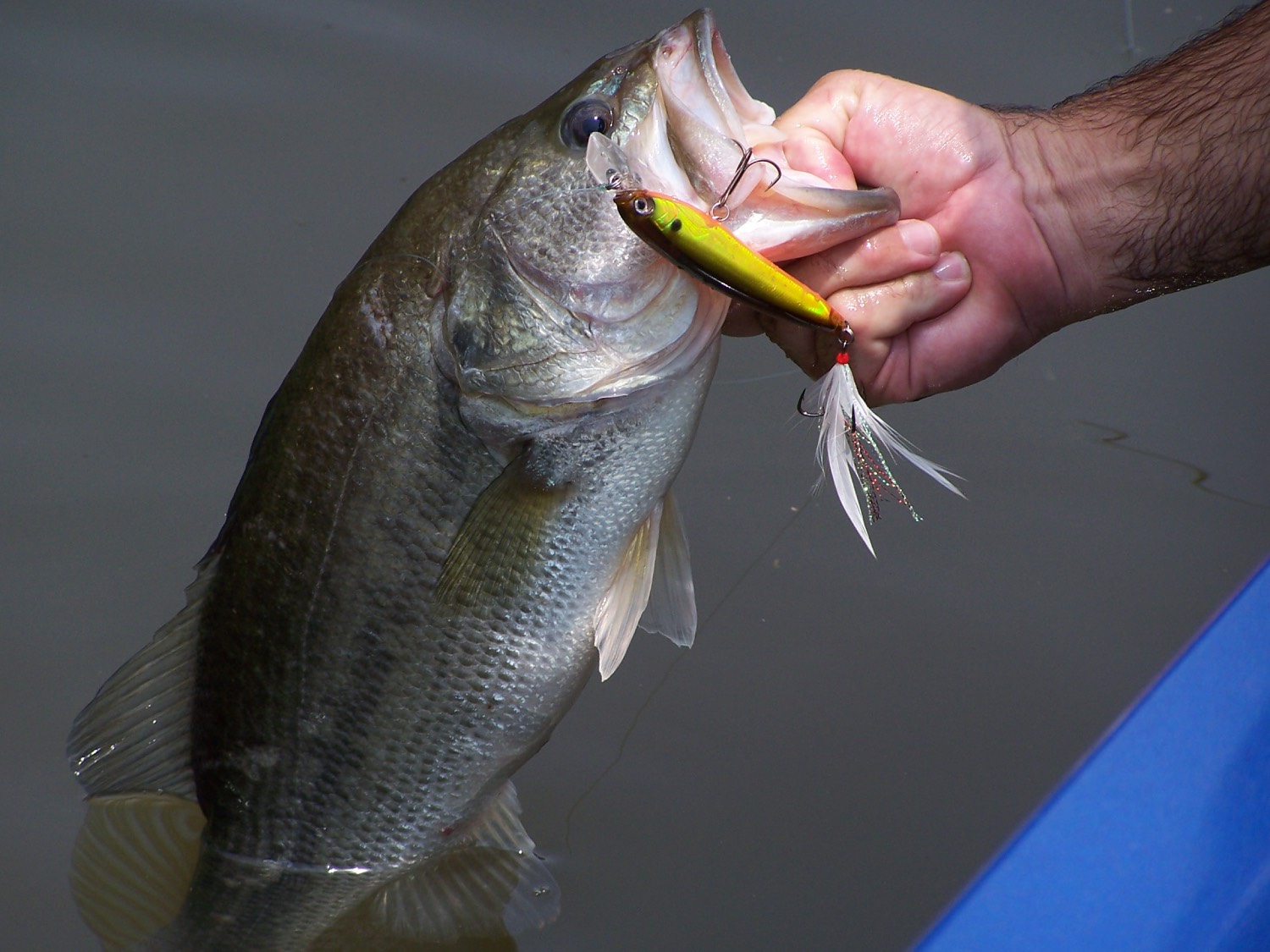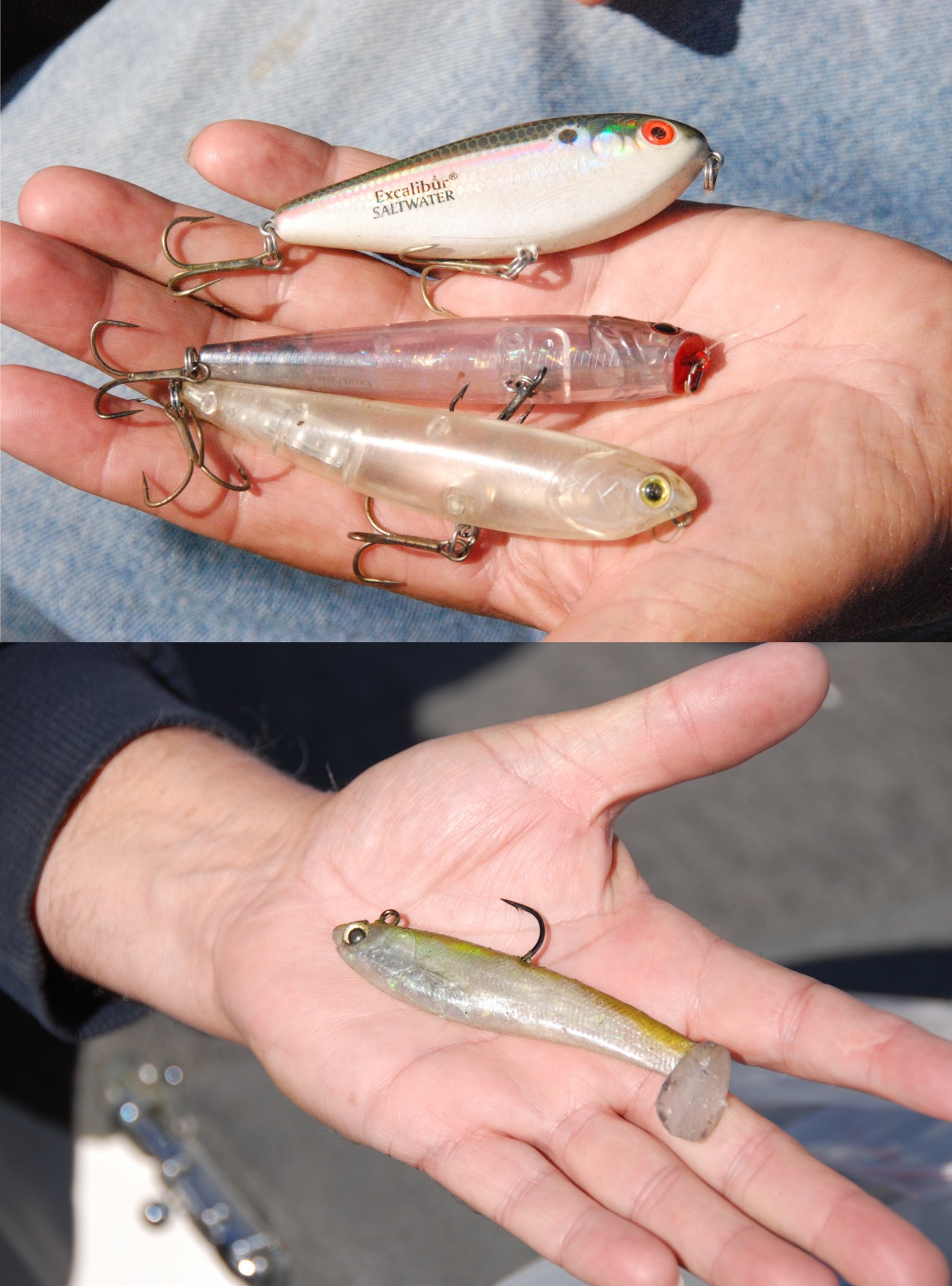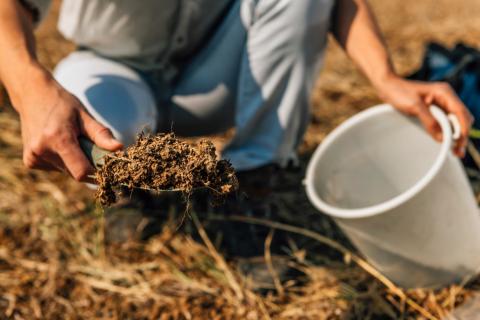
Phillip Gentry
Every bass angler in the country looks forward to the annual spawning rituals of their favorite black bass species. It’s shallow water fishing at it’s most challenging and often most rewarding.
When the spawn is over, the consolation for bass anglers is there is no need to stop targeting spawning fish. The difference is these later spawning fish are not the target species but the prey of bass. Most anglers refer to this pattern as the “shad spawn”.
The name is actually as misnomer because when water temperatures reach the 67 – 70-degree mark, a lot more “food fish” spawning goes on than just shad.
Many bass anglers may be targeting spawning “shad” but are doing it at the wrong time of day and in the wrong places. First you need to decide which baitfish spawn you are fishing. Most lakes have a population of threadfin shad, but those and other lakes may also have populations of gizzard shad, blueback herring, golden shiners, and alewives, just to name the more popular forage species. At the same time, the shallows are full of the fry of perch, bream, crappie, and other non-forage species
Spawning Patterns and Locations
Threadfin shad often spawn in shallow water but prefer to have deep water close by. These fish are also known to spawn on shallow structure over deep water. Shad typically use some type of structure to rub their eggs on. Bass anglers who position their boats in the midst of spawning threadfin shad often see shad eggs stuck to the bottom of the boat when they load up, noting a glue-like substance clinging to the hull.
For herring and alewives spawning patterns, bass anglers frequently target long, shallow, open water points and make long casts across the points as herring are known to roam these areas and spawn on clay and sandy bottom composition.
Other forage species prefer to spawn in and around aquatic growth in relatively shallow water. One common factor for nearly all spawning forage species is a preference for hard, sandy bottoms over mud or mucky bottom.
When deciding which pattern to fish when several bait species are spawning at the same time, bass anglers need to determine where the bigger fish are holding on the lake. As a general rule on lakes that have an equal number of both shad and herring, herring will stay in the lower 1/3 of the lakes where the terrain is more conducive to their needs.
Shad are more drawn to upper sections of the lake where structure and deeper water mix – creek arms, deep water docks, bridge pilings and deep water rip-rap.
Despite their differences in spawning characteristics, most bass anglers use shad/herring imitating lures when fishing either pattern and bass don’t seem to show much preference.
Lures for Catching Bass During Shad Season

When searching for spawning shad, a three or four bladed spinnerbait is a good choice in colors of white, white/gray, white/blue sparkle with chrome or silver blades. It’s easy to tell if you’re in the right area as other shad will hit the lure, mistaking it for another small pod of spawning shad.
One of the drawbacks of depending on a shad spawning pattern is that the pattern tends to break down pretty quickly once the morning hours have passed. Most baitfish species prefer to spawn at night. In turn, bass will feed on them all night long and only carry over a couple of hours into daylight.
As mentioned, since shad and herring are not the only pro-creative fish in the shallows this time of year, bass anglers can expect some significant overlap between shad, herring, and bluegill spawns when water conditions are right. Do not not overlook the opportunity to catch a big resident bass hanging out on the edge of a bream bed waiting for an unsuspecting bluegill to stray off the reservation.
The difference in these patterns is that every bass will try to eat spawning shad when they can run them down but only a certain segment of largemouth bass can or will eat bluegills. These tend to be resident largemouth bass rather than more pelagic schooling black bass species like spotted bass or Kentucky bass.
A topwater Zara Spook in orange, blue and chrome or large green and gold swimbait are classic choices for targeting big largemouths on a bream bed pattern. While topwater may be the more entertaining choice, subsurface baits tend to get more baits.
Just because the bass have left the beds doesn’t mean it’s time to leave the shallows, but before you begin targeting those “after party” species that fill a big void in returning spawn weary bass to their normal health status, it might be worthwhile to study up on the local forage base in your home lake and find out what it’s going to take to match the hatch for post spawn bass.































